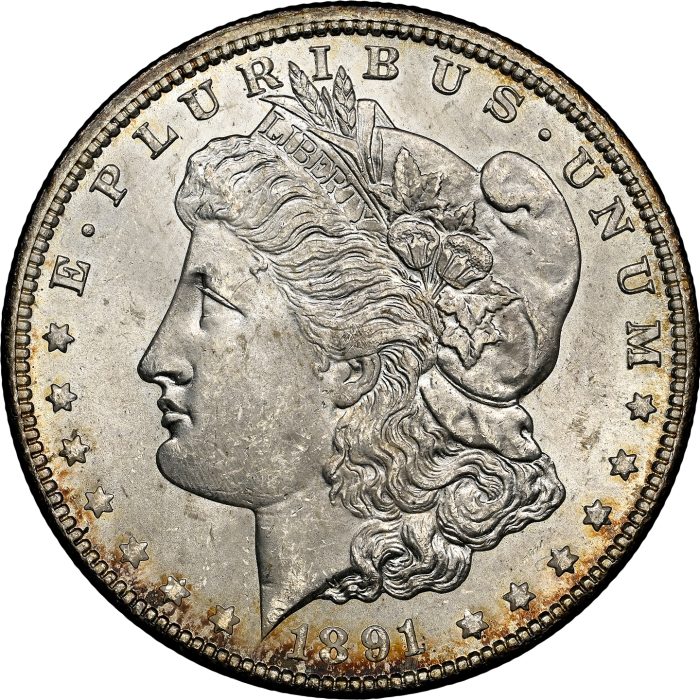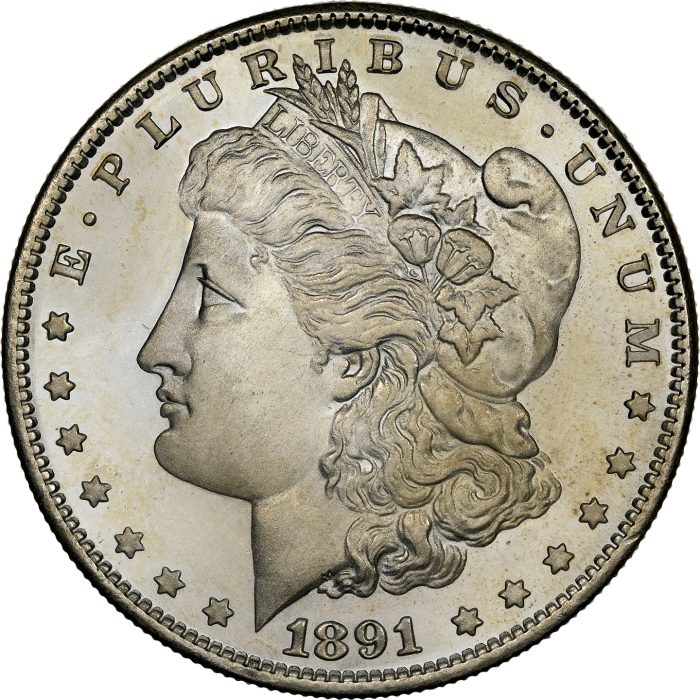1891-CC Morgan Dollar
Among the most popular series for coin collectors is Morgan dollars, which come in a wide variety of price points. Key dates such as the 1893-S and 1895 proof can cost tens of thousands of dollars in About Uncirculated (AU) or higher. On the other hand, issues like the 1921 can be obtained in low Mint State (MS) for less than $100.
In between these extremes are coins like the 1891-CC, where an AU or low MS example generally runs for several hundred dollars. These are especially enticing targets for counterfeiters because an unsuspecting collector might be tempted by what appears to be a great deal on an uncertified coin.




Numismatic Guaranty Company (NGC) recently received a purported example of an 1891-CC Morgan dollar. Right off the bat, the coin’s curious yellow color and odd, flat surfaces are not a positive sign. The coin also has soft details, and the back of Liberty’s hair fades out in certain spots. Also note that the date looks bulbous when compared to a genuine specimen.
Upon closer inspection, striations are visible in the design. This is a result of the computer numerical control (CNC) process that was used to create the false dies. This process also apparently struggled to accurately replicate the letters in UNITED STATES OF AMERICA on the reverse. Letter strokes or serifs that ought to be smooth appear wobbly.

If you discover that you have a counterfeit coin, it can be helpful to determine its composition. Despite not having any numismatic value, the piece’s intrinsic value could still be considerable. For instance, counterfeit gold coins exist that were struck in the correct metal in order to circumvent the U.S. ban on private gold ownership in the mid-20th century. However, in the case of this counterfeit Morgan dollar, it was struck mostly in copper and nickel, instead of the expected 90-percent silver, meaning the metal in the counterfeit is worth far less than a dollar. (A fake Morgan dollar with the correct silver content would be worth roughly $20 at today’s silver prices.)
If you want to be certain that your Morgan dollars or other collectable coins are genuine, remember that NGC backs its determinations of authenticity and grade with the NGC Guarantee.
A version of this article appears in the May 2024 issue of The Numismatist (money.org).
